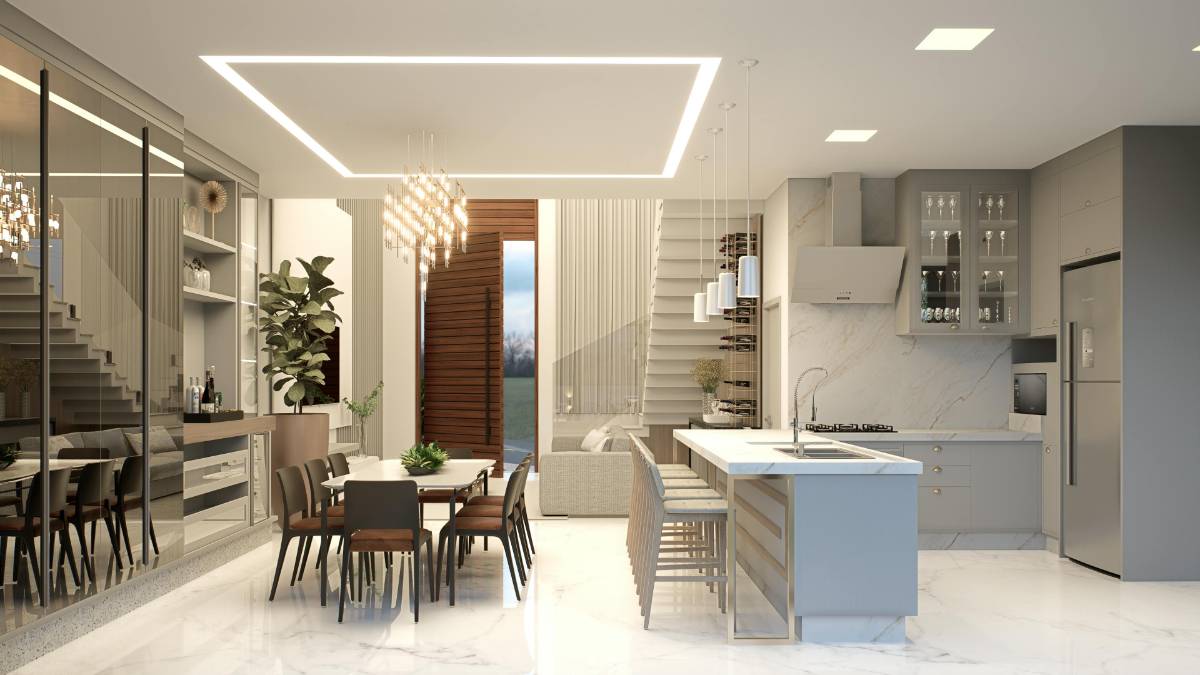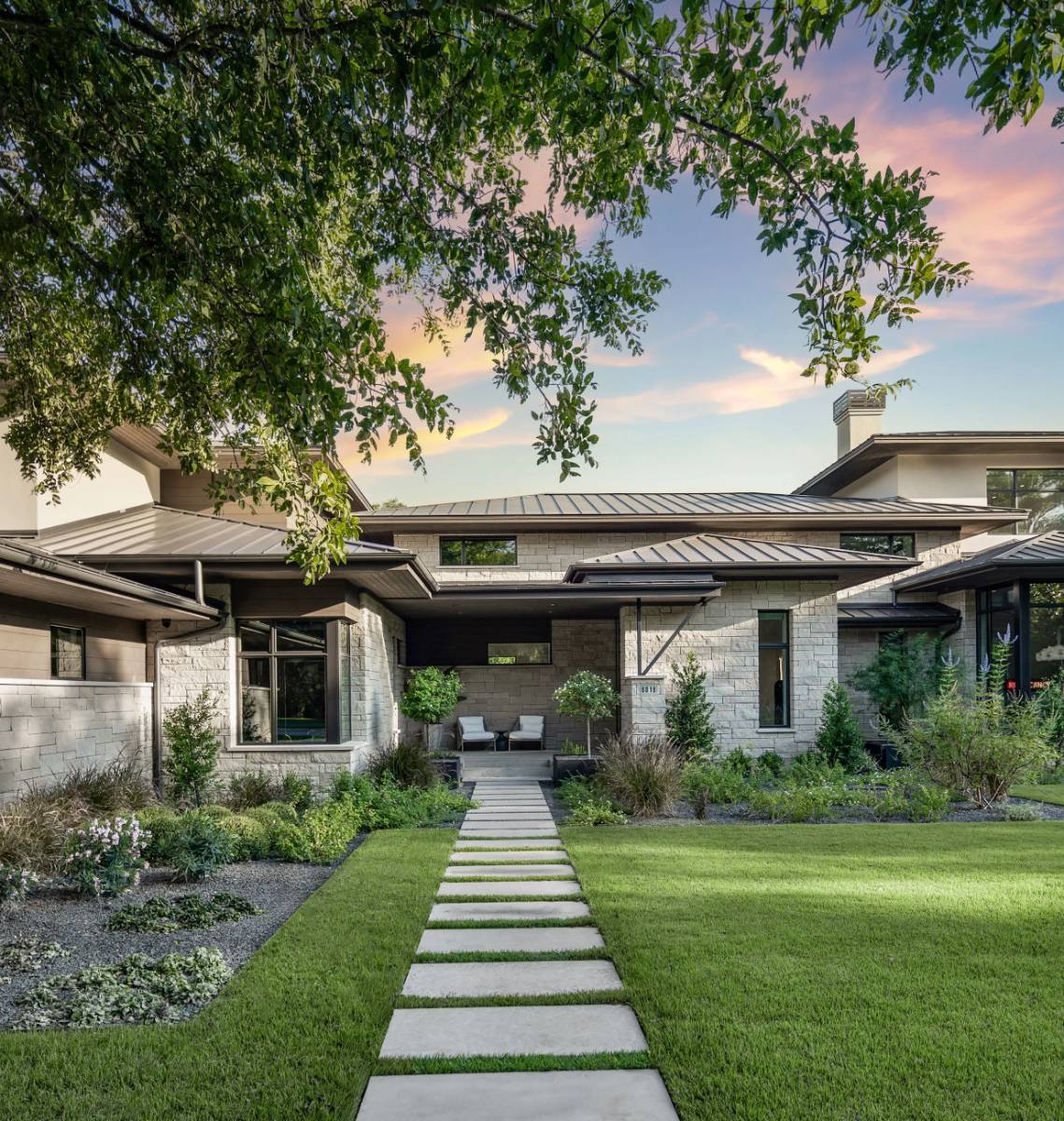
Beyond Aesthetics: Embracing Functionality in Luxury Living
When we think of luxury living, the first thing that often comes to mind is opulence—grand spaces, elegant furnishings, and striking aesthetics. However, true luxury goes beyond aesthetics; it’s about embracing functionality that enhances the daily living experience. In the world of modern luxury, the intersection of beauty and practicality is paramount. In this article, we explore how luxury living spaces are increasingly prioritizing functionality alongside design to create homes that are not only visually stunning but also offer seamless, practical experiences.
Designing for Everyday Life
Luxury living used to be defined by sheer size, intricate décor, and rare materials. While these elements still hold value, today’s luxury homes are designed with a clear focus on how residents will use the space. Luxury is now measured not just by the grandeur of a space but by how it supports the lifestyle of its occupants.
Every corner of a luxury home is thoughtfully designed to be both functional and beautiful. Kitchens with high-end appliances, spacious closets with customized storage, and bathrooms with spa-like amenities ensure that the space isn’t just visually appealing but also highly practical. The goal is to create a home where every element, from the furniture to the layout, serves a purpose while still being aesthetically pleasing.
Smart Home Integration
One of the most significant changes in luxury living is the integration of smart home technology. Gone are the days when luxury was simply about opulence. Now, the focus is on efficiency, comfort, and control. Smart homes provide residents with the ability to control various systems—from lighting and temperature to security and entertainment—through their smartphones or voice commands.
Smart thermostats, automated lighting systems, and home assistants are now staples in luxury homes. These features allow residents to create an environment tailored to their specific needs, enhancing both comfort and energy efficiency. The seamless integration of technology into the home makes living easier, more convenient, and more enjoyable.
Functionality in Furniture and Layouts
Furniture in luxury homes is increasingly about more than just style—it’s about how well it serves the needs of its inhabitants. Custom-built furniture that provides optimal storage or transforms according to need is becoming more popular. This is particularly true in smaller luxury homes or apartments, where maximizing space is essential.
The layout of a luxury home is also being reimagined. Open-plan designs allow for fluid transitions between spaces, making the home feel larger and more connected. However, thoughtful zoning within these open spaces ensures that areas for work, relaxation, and socializing are clearly defined. Movable partitions, modular furniture, and multi-functional rooms are being embraced to create adaptable spaces that can evolve as the family’s needs change.
Sustainability Meets Functionality
Functionality in luxury living also extends to sustainability. Modern luxury homes are designed to be energy-efficient and environmentally friendly, integrating sustainable materials and systems without sacrificing style or comfort. Energy-efficient appliances, solar panels, and eco-friendly insulation are just a few of the features that make a home both luxurious and sustainable.
Many luxury homes are incorporating natural materials, such as bamboo flooring, reclaimed wood, and stone, which are not only aesthetically pleasing but also sustainable. These elements help reduce the environmental footprint of the home while enhancing its functionality. As sustainability becomes a central focus in design, functionality and eco-conscious choices go hand in hand in creating homes that are both luxurious and responsible.

Maximizing Comfort and Accessibility
In the realm of luxury living, comfort is paramount. A truly luxurious home provides an environment where every aspect is designed with comfort in mind. From temperature control systems that ensure the home remains at an optimal temperature year-round to ergonomic furniture that supports physical well-being, comfort is a key element of functionality.
Accessibility is another important factor. Luxury homes are designed to accommodate all lifestyles, ensuring that spaces are easily navigable and comfortable for everyone. Wider doorways, elevators in multi-story homes, and layouts that prioritize easy movement are features that promote inclusivity. Accessibility doesn’t just mean making a home suitable for people with disabilities—it’s about ensuring that every resident can fully enjoy the space without limitations.
Creating Versatile Spaces
Versatility is a defining feature of modern luxury living. Homes today need to accommodate a variety of activities and uses. A room that functions as an office by day may also serve as a guest room by night, and an entertainment area may double as a space for relaxation. The goal is to create spaces that are flexible, allowing them to transform based on the needs of the moment.
Multifunctional spaces in luxury homes are often equipped with features such as built-in desks, fold-away beds, and movable partitions, making them ideal for a wide range of activities. Whether it's working from home, hosting guests, or enjoying a quiet night in, these spaces are designed to adapt to the ever-changing needs of the residents.
Holistic Luxury Lifestyle
Luxury living is about more than just the physical aspects of a home—it’s also about creating an environment that nurtures the well-being of its occupants. Functional design now considers not only aesthetics but also the mental, emotional, and physical health of those who live in the space.
From meditation rooms and home spas to exercise areas and private outdoor spaces, luxury homes are designed to promote a balanced lifestyle. The incorporation of natural elements, such as plants and natural light, as well as spaces for relaxation and rejuvenation, helps create a home that supports both physical comfort and emotional well-being. Luxury is not just about appearances—it’s about enhancing every aspect of life.
Conclusion
Luxury living today is defined by its functionality as much as its aesthetics. Homes that offer not just beauty but practical, comfortable, and adaptable spaces are the hallmark of modern luxury. From smart home integration and multifunctional furniture to sustainable design and well-being spaces, the focus is on creating environments that serve the needs of their residents while maintaining an air of elegance and sophistication. By embracing functionality, luxury living is no longer just about looks—it’s about creating homes that enhance every aspect of life, making everyday living as luxurious as it is meaningful.



